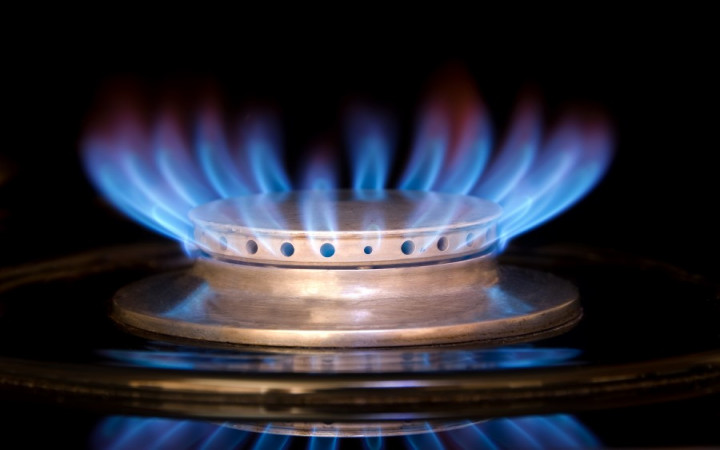Do you love s'mores? Who doesn't, right? All that marshmallowey, chocolatey, and graham-crackery goodness all smooshed together. We're getting hungry right now just thinking about them!
Of course, one of our favorite parts of making s'mores is roasting the marshmallows over an open fire. We love to watch the flames jump up and down, slowly toasting the marshmallows to golden-brown perfection.
It's easy to get entranced by the flicker of the flames. We enjoy seeing the different colors they take on as they burn brightly. While the majority of the flames hover between the hues of orange and yellow, we also catch glimpses from time to time of other colors, including red, white, and blue. So what causes flames to burn with different colors?
Scientists define combustion (what we call burning) as a reaction between a fuel, such as natural gas, oil, or wood, with an oxidant compound, such as oxygen. Combustion creates both heat and light. We can easily feel the heat from combustion, and we can see the emitted light in the form of flames.
Flames take on different colors for various reasons. Two of the most important factors are temperature and the chemical composition of the fuel. Let's first take a look at the effect temperature has on the color of flames.
Scientists have learned that red flames correspond to temperatures from 980º F up to 1,800º F. Flames turn orange when the temperature reaches 2,000º F to 2,200º F. When temperatures approach 2,400º F to 2,700º F, flames appear white.
You can see these differences for yourself by observing a candle flame or a piece of burning wood. The part of the flame closest to the candle or the wood will usually be white, since the temperature is usually greatest near the fuel source. The farther away from the fuel source that the flame reaches, temperature decreases, leading to the bulk of a flame often being orange while the tip is red.
There's one other color you may have seen appear in flames on a regular basis: blue. For example, if you have a gas stove at home or have ever seen one operate, you know that the natural gas flames are mainly blue. Likewise, the portion of a flame closest to a candle or a piece of wood might also have blue mixed in with the white.
The color blue indicates a temperature even hotter than white. Blue flames usually appear at a temperature between 2,600º F and 3,000º F. Blue flames have more oxygen and get hotter because gases burn hotter than organic materials, such as wood. When natural gas is ignited in a stove burner, the gases quickly burn at a very high temperature, yielding mainly blue flames.
While variances in temperature account for most of the colors visible in flames, the chemical composition of the fuel can also be a factor. For example, common fossil fuels, such as natural gas and oil, are made up mostly of hydrocarbon compounds, which emit light in the blue spectrum.
If other chemical elements are present, they may give off their own unique wavelengths of light when burned. For example, the element lithium will produce a pink flame, while the element tungsten will produce a green flame.




